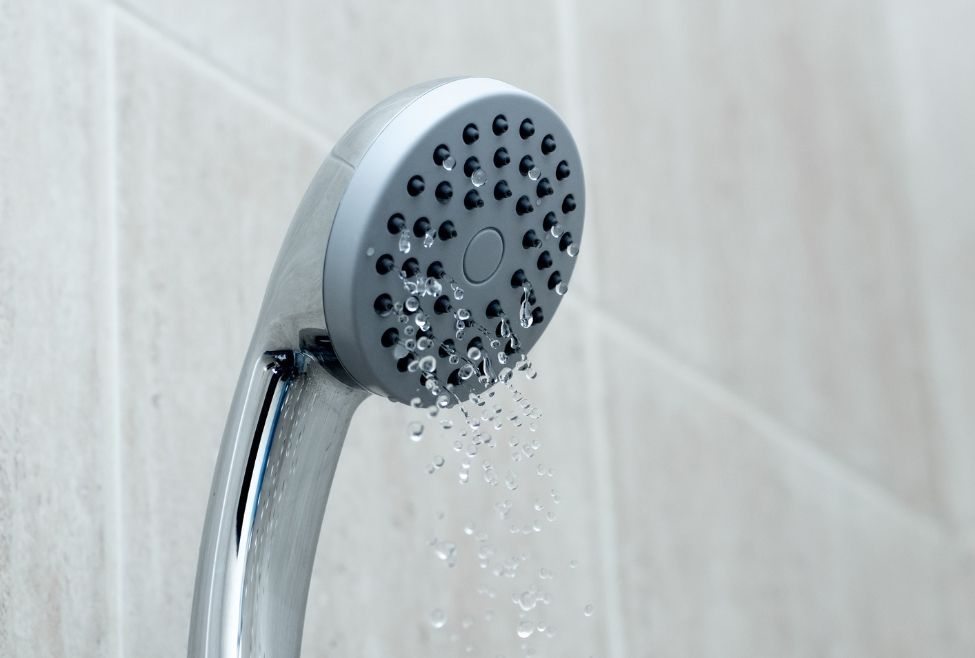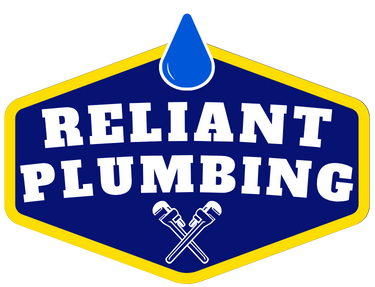
🚿 Leaking Shower Fixtures: What They Mean and How to Fix Them
A slow drip might seem harmless—but it can waste water, raise your bills, and signal deeper plumbing issues.

Introduction
A leaking shower fixture is one of the most common (and annoying) plumbing issues homeowners in Cambridge face. Whether it’s a constant drip from the showerhead or water seeping from the handle, ignoring the problem can lead to more than just irritation—it can damage your plumbing, promote mould growth, and cost you on your utility bills.
In this post, we break down why shower fixtures leak, what signs to watch for, and when it's time to call a plumber.
1. What Causes Shower Leaks?
Shower leaks can stem from several common causes, including:
🚿 Worn-Out Cartridge or Valve
The shower cartridge (or mixing valve) controls water flow and temperature. Over time, these parts wear out and no longer create a watertight seal, resulting in drips.
🪛 Loose or Damaged Seals
Rubber washers, gaskets, and O-rings inside the fixture can degrade, dry out, or shift out of place—especially in older fixtures.
🧼 Hard Water Buildup
Minerals from hard water in the Cambridge region can build up inside the valve body or on the showerhead, restricting flow and preventing a clean shutoff.
💧 Faulty Shower Arm or Pipe
Sometimes the leak isn’t the fixture—it’s the pipe or shower arm inside the wall. This kind of leak can cause hidden water damage behind tile or drywall.
2. Signs You Have a Leaking Shower Fixture
Not all leaks are obvious. Here’s what to look for:
- Persistent drip from the showerhead—even hours after turning off the water
- Water stains or damp spots on the ceiling below the shower
- Loose or wobbly shower handle
- Mould or mildew smell from behind the wall
- An unexpected increase in your water bill
3. Why It’s a Bigger Problem Than You Think
Even a slow drip can waste hundreds of litres of water per month. Over time, this leads to:
- Higher water bills
- Mould or mildew growth
- Staining on tile, grout, or walls
- Structural water damage if the leak is behind the wall
Ignoring a leaking fixture can also cause your plumbing system to operate inefficiently, putting more wear and tear on other components.
4. Can You Fix It Yourself?
Some shower leaks are DIY-friendly—others require a licensed plumber.
✅ DIY-Appropriate Fixes:
- Replacing a worn washer or O-ring
- Cleaning or replacing a clogged showerhead
- Tightening visible loose connections
🚫 When to Call a Professional:
- Leaks behind the shower wall
- Replacing a shower cartridge (especially in older systems)
- Signs of water damage in other parts of the home
If you’re not sure what’s causing the leak—or you’ve already tried a basic fix with no success—it’s safer and more cost-effective to call in help.
5. Preventing Shower Leaks in the Future
A few simple maintenance habits can help:
- Turn off water fully after each use—avoid leaving it halfway closed
- Clean the showerhead monthly to reduce buildup
- Install a water softener if hard water is a recurring issue
- Have your fixtures inspected during routine plumbing maintenance
Final Thoughts
Leaking shower fixtures aren’t just annoying—they can signal deeper problems and rack up real costs if ignored. Whether it’s a worn cartridge, faulty seal, or leak behind the wall, it’s best to address the issue early.
For homeowners in Cambridge, Reliant Plumbing can inspect, repair, or replace leaking shower fixtures with minimal disruption. Don’t wait until a drip becomes a flood—fix it before it becomes a bigger problem.
